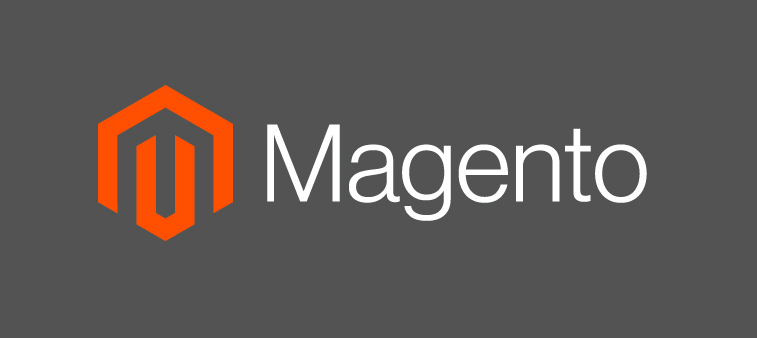These are some of the best e-commerce solutions available on the market. Let’s compare Shopify, BigCommerce, Prestashop and Mangeto.
Top 4 eCommerce Platform Comparison:
Let’s see which one is best for which purpose.
1. Shopify
Advantages:
- It is ideal for small projects.
- It is native eCommerce software.
- Very easy to make beautiful looking stores.
- You do not need hosting since it is cloud based
- In a few clicks you have a shop mounted and working and with professional templates.
- Can be easily used globally
Disadvantages:
- You have to go through the Shopify tube: if there is something that the software cannot do, you will not be able to alter the code to make it work.
- You do not have the flexibility to work on SEO like in other solutions.
- You depend on a server that is normally in the United States.
Related:
eCommerce Case Study
CTR Benchmarks for the e-Commerce Industry
2. WooCommerce
Advantages:
- It is ideal for small and medium projects.
- It works on shared servers with no problem. You do not need a dedicated server.
- It is based on WordPress, making it easy to use.
- There are many free templates that you can use to give it a professional look.
- There are also premium templates.
- Most templates that exist are responsive, meaning mobile UI does not need to be developed.
- It allows integration with WordPress plugins and that, for example for SEO, is very good. You can use the Yoast SEO plugin for your online store.
Disadvantages:
- It is based on WordPress, so it is still a plugin that works on a content manager and allows you to sell. It is not native eCommerce software.
- Translations are not easy and depend on a plugin. Making translations in WordPress is often a pain.
- It does not allow you to grow an extensive catalogue and multi-store.
- WordPress is often the focus of hacking attacks and it is easy to find vulnerabilities.
- Many of the features of an eCommerce such as marketing modules, loyalty, etc. that are included by default in Prestashop and Magento are not included in Woocommerce and you must buy extensions to have them
3. Prestashop
Advantages:
- It is ideal for small and medium-sized projects, and can handle large (but not huge!) projects.
- The backoffice is very intuitive.
- It works on shared servers with no problem. You do not need a dedicated server.
- It is a native eCommerce software, so it includes many modules specifically for this type of application.
- There are many free templates that you can use that have a professional look.
- There are also premium templates.
- It is an affordable solution.
- It allows integration with external ERPs and software through web services.
- Well prepared for SEO.
Disadvantages:
- There are many modules included but some important functionalities require buying separate modules.
- It does not allow you to grow an extensive catalogue and or go multi-store; The multi-store and warehouse system is very flawed.
- If you require complex product listings (with fields not included by default) you must program.
4. Magento
Advantages:
- It is ideal for large and huge projects.
- The multi-store, multi-language and multi-currency system works very well.
- It is native eCommerce software, so it includes many modules specifically for this type of applications.
- In addition, their business is not based on buying modules to cover functionalities, so you really have many included.
- There are many free templates that you can use that have a professional look.
- Most templates that exist are responsive.
- It allows integration with external ERPs and software through web services.
- Well prepared for SEO.
- Allows you to have several different product tabs without programming.
- The robustness of its core and its database make it better, more stable than other software.
Disadvantages:
- It does not work well on shared servers, you need a dedicated or dedicated VPS server to work fine.
- The backoffice is complicated to use.
Which one should you use?
If you have a small business then Shopify, WooCommerce or Prestashop will be great. For example, if you want a store to sell and that’s it, Woocommerce and Shopify can do everything you need. If you want to do marketing actions or complicate things a little more by taking data to build a small CRM or integrating my store with an ERP, then you should use Prestashop.
All of these are great solutions that will allow you to quickly manage your inventory, monitor your sales, and much more. The best way to choose the right solution is to first ensure that you know your project well. Think of all the requirements that you have from the e-commerce solution and then compare it to the features of these e-commerce solutions. You’ll then be easily able to pick the right one. It isn’t exactly easy to shift to another solution once you’ve built your store on one solution, so make sure you make the right choice the first time.




